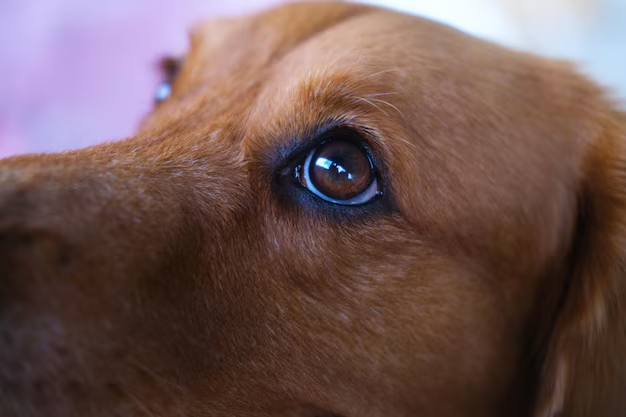Can Your Dog Benefit from Cataract Surgery? Understanding the Options and Process
When it comes to health and well-being, our furry friends deserve the best care available, even if it involves complex procedures like cataract surgery. If you've noticed your dog's eyes appear cloudy or they seem to struggle with their vision, cataracts could be the culprit. But can dogs have cataract surgery, and is it the right choice for your beloved pet? Let's delve into this topic to see what it means for dogs to undergo cataract surgery and explore the various aspects surrounding it.
🎯 Understanding Cataracts in Dogs
Cataracts occur when the lens of the eye becomes cloudy, leading to blurred vision. This condition is not just limited to humans; dogs can also develop cataracts, which can significantly impact their quality of life.
What Causes Cataracts in Dogs?
There are several known causes of cataracts in dogs, including:
- Genetics: Certain breeds are more predisposed to developing cataracts.
- Diabetes: Dogs with diabetes are at higher risk.
- Injury: Trauma to the eye can lead to cataract formation.
- Age: Senior dogs often develop cataracts as part of the aging process.
Symptoms to Watch For
Recognizing the signs of cataracts early can help in managing the condition effectively:
- Cloudy or opaque appearance in one or both eyes.
- Difficulty navigating environments, especially in dim light.
- Reluctance to climb stairs or jump onto furniture.
🐾 Can Dogs Have Cataract Surgery?
The short answer is yes. Cataract surgery in dogs is a well-established procedure performed to restore vision, and many dogs are good candidates for this operation. However, it’s essential to weigh various factors and consult a veterinary ophthalmologist to determine if surgery is the best course of action for your dog.
The Surgical Process
Cataract surgery in dogs typically involves a procedure called phacoemulsification, in which the cloudy lens is removed and replaced with a clear artificial lens.
Steps Involved:
- Pre-Surgical Assessment: Prior to surgery, a thorough eye examination is essential. This assessment includes measuring intraocular pressure and evaluating overall eye health.
- Anesthesia: The surgery is performed under general anesthesia to ensure the dog is completely comfortable.
- Surgical Procedure: The surgeon removes the cloudy lens and implants an artificial lens.
- Post-Operative Care: Recovery involves medication for inflammation and infection prevention, along with follow-up visits to monitor healing.
💡 Considerations Before Surgery
Before scheduling cataract surgery for your dog, consider the following:
Health Evaluation
A comprehensive health evaluation will determine if your dog is a suitable candidate. Conditions like glaucoma or retinal detachment could affect surgical outcomes.
Age and General Health
While age is not a definitive barrier, older dogs may have other health issues that complicate surgery. Discuss your dog's overall health with your vet.
Cost Concerns
Cataract surgery can be a significant financial commitment. It’s helpful to obtain an estimated cost and consider pet insurance options if available.
🌟 Alternatives to Surgery
If cataract surgery isn't viable, there are alternative measures to ensure your dog maintains a high quality of life.
Vision Support
- Strategically placing nightlights and removing obstacles can help dogs navigate more safely.
- Maintaining a familiar environment makes it easier for your dog to move around comfortably.
Medical Management
- Certain medications may help slow the progression of cataracts but won't reverse the condition.
- Regular veterinary check-ups are crucial to monitor eye health and make adjustments as needed.
📋 Key Points for Dog Owners
Here’s a handy summary to consider when thinking about cataract surgery for your pet:
- 👁️ Cataract Identification: Look for symptoms like cloudy eyes and changes in your dog’s behavior.
- 🐶 Suitability Evaluation: Ensure a full medical assessment is done to determine candidacy for surgery.
- 💲 Budgeting: Be prepared for potential costs and explore insurance options if needed.
- 🗓️ Post-Op Care: Understand the commitment involved in post-surgery care and regular vet visits.
- 🔄 Alternatives: Explore non-surgical options if surgery isn’t possible or advisable.
The Path Forward
Whether you decide on surgery or opt for alternative management, it's crucial to stay attentive to your dog's needs and consult professionals who can guide you through the process. By doing so, you ensure that your dog receives the care they deserve, allowing them to enjoy life with optimal vision. Remember, when it comes to your furry family member's well-being, informed decisions are always the best path forward.
